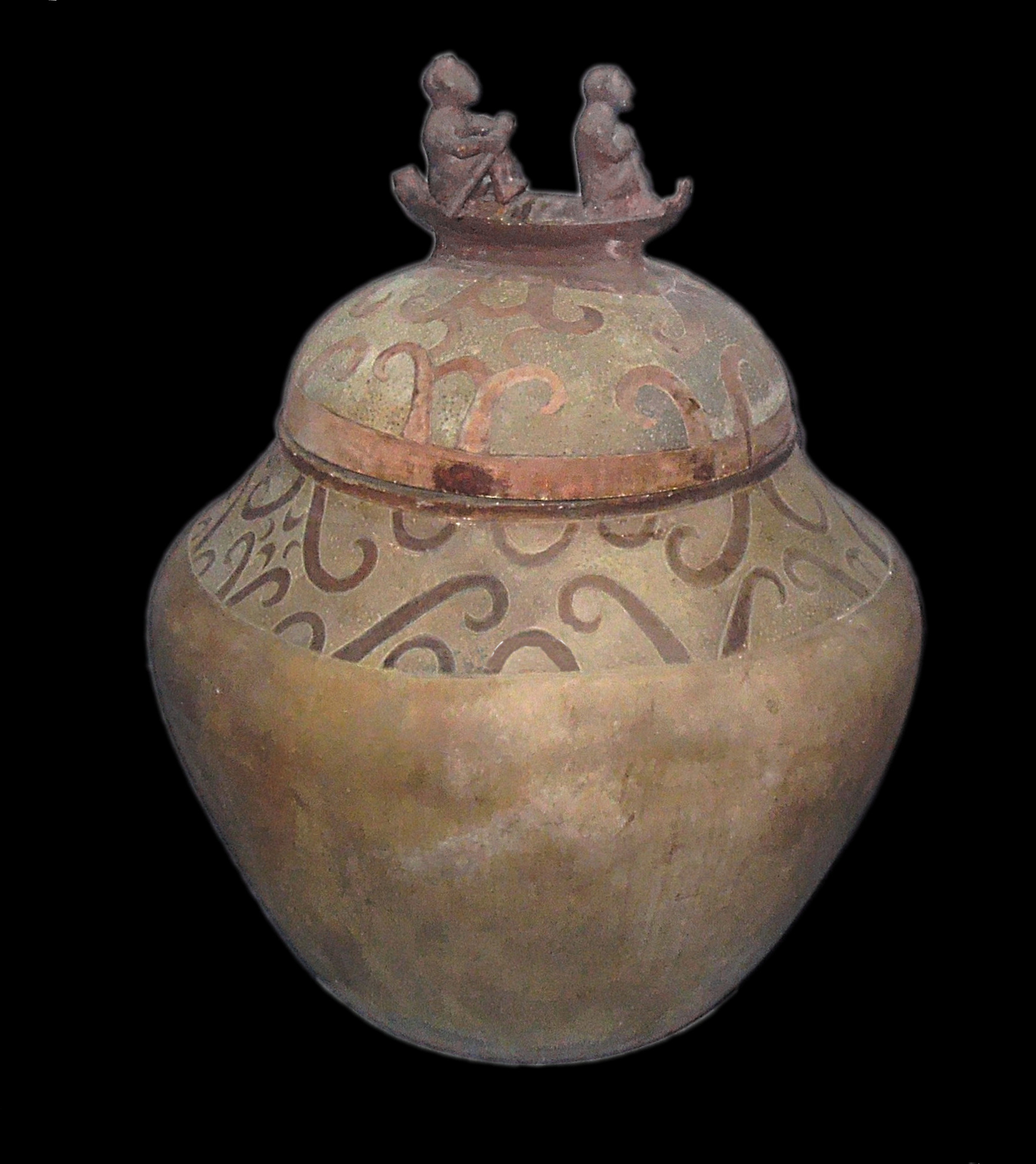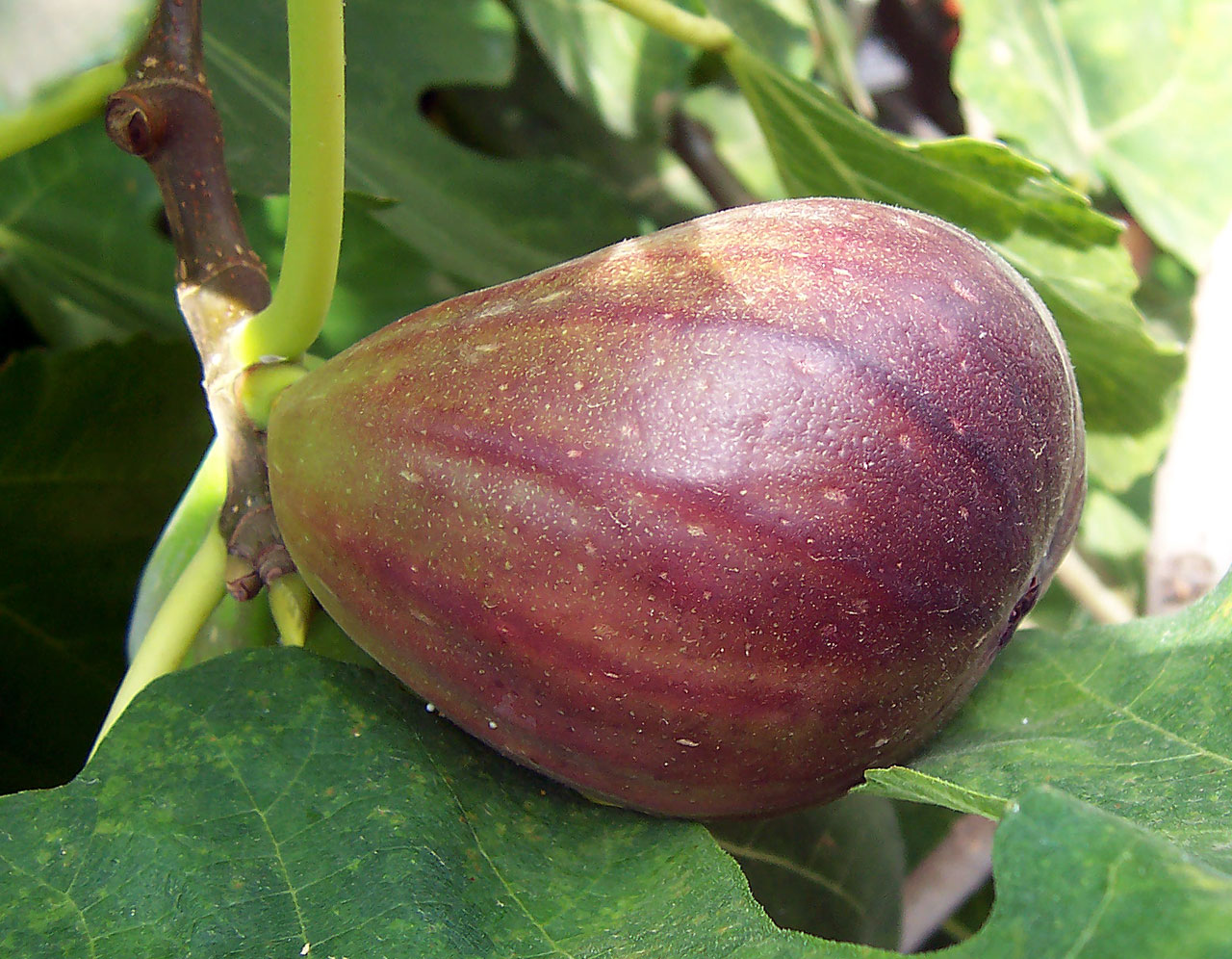|
Balete Tree
The balete tree (also known as balite or baliti) are several species of trees in the Philippines from the genus ''Ficus'', which are generally referred to as ''balete'' in Filipino. A number of these are ''strangler figs'', as they germinate upon other trees, before entrapping their host tree entirely and eventually killing it. Consequently the young plants are hemiepiphytes, i.e. epiphytes or air plants that grow several hanging roots which eventually touch the ground and take root. Some baletes produce natural rubber of an inferior quality. The Indian rubber tree, ''Ficus elastica, F. elastica'', was formerly cultivated to some extent for rubber. Some of the species like ''tangisang-bayawak'' or ''Ficus variegata (plant), Ficus variegata'' are large and could probably be utilized for match wood. The wood of ''Ficus'' species are soft, light, and of inferior quality, and the trees usually have ill-formed, short Bole (botany), boles.Whitford, H.N., Bureau of Forestry"The Fore ... [...More Info...] [...Related Items...] OR: [Wikipedia] [Google] [Baidu] [Amazon] |
Balete From Forest Of The Philippines Plate8 Part2
Balete may refer to: * Balete people, a Southern African Tswana tribe * Balete tree, a tree in the Philippines related to the banyan * Balete, Aklan, a municipality in the province of Aklan, Philippines * Balete, Batangas, a municipality in the province of Batangas, Philippines * Balete Drive, a thoroughfare in Quezon City, Philippines * Danilo S. Balete, Filipino biologist with botanic abbreviation Balete {{disambig, geo, surname ... [...More Info...] [...Related Items...] OR: [Wikipedia] [Google] [Baidu] [Amazon] |
Ficus Forstenii
''Ficus'' ( or ) is a genus of about 850 species of woody trees, shrubs, vines, epiphytes and hemiepiphytes in the family Moraceae. Collectively known as fig trees or figs, they are native throughout the tropics with a few species extending into the semi-warm temperate zone. The common fig (''F. carica'') is a temperate species native to southwest Asia and the Mediterranean region (from Afghanistan to Portugal), which has been widely cultivated from ancient times for its fruit, also referred to as figs. The fruit of most other species are also edible though they are usually of only local economic importance or eaten as bushfood. However, they are extremely important food resources for wildlife. Figs are also of considerable cultural importance throughout the tropics, both as objects of worship and for their many practical uses. Description ''Ficus'' is a pantropical genus of trees, shrubs, and vines occupying a wide variety of ecological niches; most are evergreen, but ... [...More Info...] [...Related Items...] OR: [Wikipedia] [Google] [Baidu] [Amazon] |
Tikbalang
The Tikbalang (/ˈtikbaˌlaŋ/) (also Tigbalang, Tigbalan, Tikbalan, Tigbolan, or Werehorse) is a creature of Philippine folklore said to lurk in the mountains and rainforests of the Philippines. It is a tall, bony humanoid (half-human and half-horse) creature with the head and hooves of a horse and disproportionately long limbs, to the point that its knees reach above its head when it squats down. In some versions, it is a transformation of an aborted fetus sent to earth from limbo. Origins As horses weren't native to the Philippines in the pre-Spanish era, the earliest written records about the tikbalang did not specify horse or animal morphology. Documents from Spanish friars such as Juan de Plasencia's ''Customs of the Tagalogs'' (1589) describe the tikbalang as ghosts and spirits of the forests, associated with the terms ''multo'' and ''bibit''. Entries in early Spanish-Tagalog dictionaries defined ''tigbalang'' as "''fantasma de montes''" (phantoms of the mountain ... [...More Info...] [...Related Items...] OR: [Wikipedia] [Google] [Baidu] [Amazon] |
Kapre
In Philippine mythology, the kapre is a creature that may be described as a tree giant or ape like, being a tall (), dark-coloured, hairy, and muscular creature. Kapres are also said to have a very strong body odour and to sit in tree branches to smoke. Origins The term ''kapre'' comes from the Arabic ''kafir'' (Spanish '' cafre''), meaning a non-believer in Arabic (usually referring to atheists/idolists). The term was later brought to the Philippines by the Spanish who had previous contact with the Moors, they used it to describe the indigenous Negrito ethnic groups with dark skin and features similar to Black Africans. This is also evident in the fact that a synonym for kapre is agtà, another name for the Aeta people. The modern mythical characterizations of the kapre evolved from formerly racially prejudiced portrayals of Negrito tribes by the lowland Christianized ethnic groups of the Philippines during the Spanish period. The first attestation of the use of the te ... [...More Info...] [...Related Items...] OR: [Wikipedia] [Google] [Baidu] [Amazon] |
Anito
''Anito'', also spelled ''anitu'', refers to ancestor spirits, nature spirits, and deities in the Indigenous Philippine folk religions from the precolonial age to the present, although the term itself may have other meanings and associations depending on the Filipino ethnic group. It can also refer to carved humanoid figures, the ''taotao'', made of wood, stone, or ivory, that represent these spirits. ''Anito'' (a term predominantly used in Luzon) is also sometimes known as ''diwata'' in certain ethnic groups (especially among Visayans). ''Pag-anito'' refers to a séance, often accompanied by other rituals or celebrations, in which a shaman ( Visayan: ''babaylan'', Tagalog: ''katalonan'') acts as a medium to communicate directly with the dead ancestors and spirits. When a nature spirit or deity is specifically involved, the ritual is called ''pagdiwata''. The act of worship or a religious sacrifice to a spirit and deities. The belief in ''anito'' are sometimes refer ... [...More Info...] [...Related Items...] OR: [Wikipedia] [Google] [Baidu] [Amazon] |
Engkanto
Engkanto (from Spanish '' encanto'', ) are mythical environmental spirits that are said to have the ability to appear in human form. They are often associated with the spirits of ancestors and spirits of the dead called ''anito'' in the Philippines.* They are also characterized as spirit sorts like sirens, dark beings, elves, and more. Belief in their existence has likely existed for centuries, and continues to this day. It is a bracket term for enchanted human-like beings of the land which includes a variety of mythical races. The term itself was adopted from the Spanish, who were dumbfounded by the wide array of mythical races in the Philippines and just referred to many of the races as "enchanted". Though at the same time the term does not differ at all from the archaic Spanish sense of the word as referring to a supernatural apparition, sometimes tied to a place. Some types of engkanto are "unbound" spirits with an independent existence. They appear in animal (usually as ... [...More Info...] [...Related Items...] OR: [Wikipedia] [Google] [Baidu] [Amazon] |
Bonsai
Bonsai (; , ) is the Japanese art of Horticulture, growing and shaping miniature trees in containers, with a long documented history of influences and native Japanese development over a thousand years, and with unique aesthetics, cultural history, and terminology derived from its evolution in Japan. Similar arts exist in other cultures, including Korea's ''bunjae'', the Chinese art of ''penjing'', and the miniature living landscapes of Vietnamese . The loanword ''bonsai'' has become an Hyponymy and hypernymy, umbrella term in English, attached to many forms of diminutive potted plants, and also on occasion to other living and non-living things. According to Stephen Orr in ''The New York Times'', "[i]n the West, the word is used to describe virtually all miniature container trees, whether they are authentically trained bonsai or just small rooted cuttings. Technically, though, the term should be reserved for plants that are grown in shallow containers following the precise tenet ... [...More Info...] [...Related Items...] OR: [Wikipedia] [Google] [Baidu] [Amazon] |
Manila
Manila, officially the City of Manila, is the Capital of the Philippines, capital and second-most populous city of the Philippines after Quezon City, with a population of 1,846,513 people in 2020. Located on the eastern shore of Manila Bay on the island of Luzon, it is classified as a Cities of the Philippines#Independent cities, highly urbanized city. With , Manila is one of the world's List of cities proper by population density, most densely populated cities proper. Manila was the first chartered city in the country, designated bPhilippine Commission Act No. 183on July 31, 1901. It became autonomous with the passage of Republic Act No. 409, "The Revised Charter of the City of Manila", on June 18, 1949. Manila is considered to be part of the world's original set of global cities because its commercial networks were the first to extend across the Pacific Ocean and connect Asia with the Hispanic America, Spanish Americas through the Manila galleon, galleon trade. This marked t ... [...More Info...] [...Related Items...] OR: [Wikipedia] [Google] [Baidu] [Amazon] |
Ficus Stipulosa
''Ficus'' ( or ) is a genus of about 850 species of woody trees, shrubs, vines, epiphytes and hemiepiphytes in the family Moraceae. Collectively known as fig trees or figs, they are native throughout the tropics with a few species extending into the semi-warm temperate zone. The common fig (''F. carica'') is a temperate species native to southwest Asia and the Mediterranean region (from Afghanistan to Portugal), which has been widely cultivated from ancient times for its fruit, also referred to as figs. The fruit of most other species are also edible though they are usually of only local economic importance or eaten as bushfood. However, they are extremely important food resources for wildlife. Figs are also of considerable cultural importance throughout the tropics, both as objects of worship and for their many practical uses. Description ''Ficus'' is a pantropical genus of trees, shrubs, and vines occupying a wide variety of ecological niches; most are evergreen, but ... [...More Info...] [...Related Items...] OR: [Wikipedia] [Google] [Baidu] [Amazon] |
Ficus Retusa
''Ficus retusa'' is a species of evergreen woody plant in the fig genus, native to the Malay Archipelago and Malesia floristic region. The species name has been widely mis-applied to '' Ficus microcarpa''. Description ''Ficus retusa'' is a rapidly growing, rounded, broad-headed, evergreen shrub A shrub or bush is a small to medium-sized perennial woody plant. Unlike herbaceous plants, shrubs have persistent woody stems above the ground. Shrubs can be either deciduous or evergreen. They are distinguished from trees by their multiple ... or tree that can reach in height with an equal spread. The smooth, light grey trunk is quite striking, can grow to around in diameter, and it firmly supports the massively spreading canopy. The tree has glabrous obovate leaves, usually longer than and spirally arranged. It has a gray to reddish bark dotted with small, horizontal flecks, called lenticels, that are used by woody plant species for supplementary gas exchange through the ba ... [...More Info...] [...Related Items...] OR: [Wikipedia] [Google] [Baidu] [Amazon] |
Ficus Philipinenses
''Ficus'' ( or ) is a genus of about 850 species of woody trees, shrubs, vines, epiphytes and hemiepiphytes in the family (biology), family Moraceae. Collectively known as fig trees or figs, they are native throughout the tropics with a few species extending into the semi-warm temperate zone. The common fig (''F. carica'') is a temperate species native to southwest Asia and the Mediterranean region (from Afghanistan to Portugal), which has been widely cultivated from ancient times for its fruit, also referred to as figs. The fruit of most other species are also edible though they are usually of only local economic importance or eaten as bushfood. However, they are extremely important food resources for wildlife. Figs are also of considerable cultural importance throughout the tropics, both as objects of worship and for their many practical uses. Description ''Ficus'' is a pantropical genus of trees, shrubs, and vines occupying a wide variety of ecological niches; most a ... [...More Info...] [...Related Items...] OR: [Wikipedia] [Google] [Baidu] [Amazon] |





